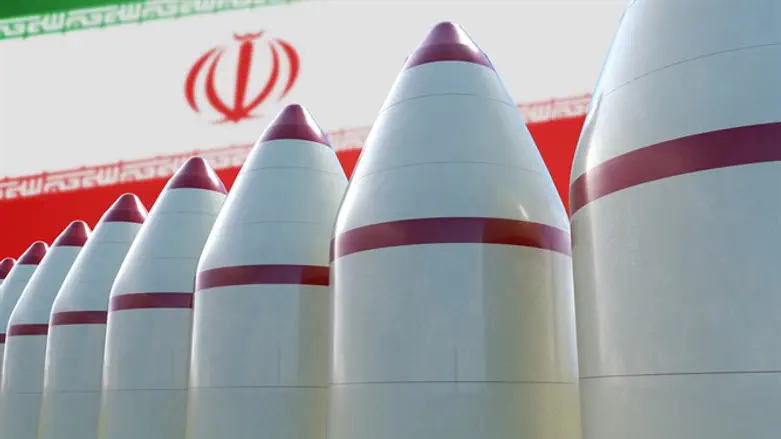
Iran has resumed production of equipment for advanced centrifuges at a site the United Nations’ atomic International Atomic Energy Agency (IAEA) has been unable to monitor or gain access to for months, diplomats familiar with the activities told The Wall Street Journal on Tuesday.
The diplomats said that Iran resumed work on a limited scale in late August at an assembly plant in Karaj, a city west of Tehran, and has since accelerated its production, allowing it to manufacture an unknown number of rotors and bellows for more advanced centrifuges.
Iran had stopped work at the Karaj plant in June following a sabotage attack that it blamed on Israel, which has not acknowledged responsibility.
While no one claimed responsibility for the June attack, officials told The New York Times that the centrifuge factory, known as the Iran Centrifuge Technology Company, or TESA, was on a list of targets that Israel presented to the Trump administration early last year.
While Iran initially said it had managed to foil what it called the “act of sabotage” on the plant, satellite photos released later showed extensive damage that was caused to the plant.
The diplomats quoted by The Wall Street Journal in Tuesday’s report said that Iran has now produced significant amounts of centrifuge parts since late August, with one of the diplomats saying it has produced parts for at least 170 advanced centrifuges.
Centrifuges are used to spin enriched uranium into higher levels of purity either for civilian use or, at 90% purity, for nuclear weapons.
All of the recent work at Karaj has taken place without any official IAEA monitoring, the diplomats said. Iran significantly tightened security at Karaj after the June alleged sabotage
The IAEA did not respond to a request for comment.
